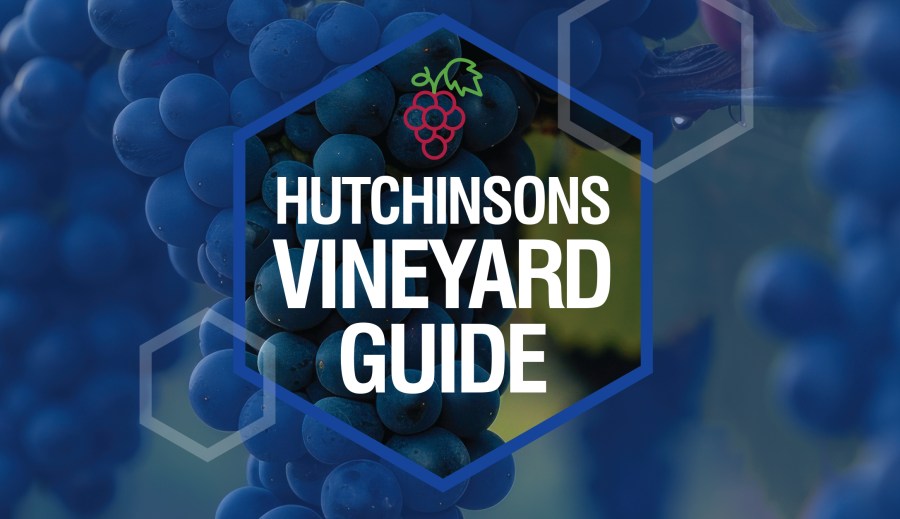Overall, yields are around 30% down on the five-year average for most growers, although the difference may be up to 40-50% when compared with last year’s bumper crops. Bunches have been smaller than normal for many, although quality is more mixed depending on how local conditions affected canopy health, sugar accumulation and acidity.
While some growers had to wait weeks for acid levels to fall and sugar contents to rise just enough to proceed with picking, others managed to harvest largely on time and at the desired quality.
The variation is a consequence of the unsettled conditions that characterised flowering, and much of the season as a whole, significantly reducing pollination and fruit set, followed by relentless disease pressure and protracted ripening for many. Robust crop protection strategies and a bit of favourable weather at key times has made all the difference in such a challenging season.
Disease spotlight
Downy mildew has been a particular issue, with infection even reported on PIWI varieties, which should be tolerant to the disease. In all situations though, continued high disease pressure spurred on by repeated rainfall events has severely tested control strategies.
Some of the biggest differences appear to have been associated with spray intervals. Those with the time, labour and resources to maintain tighter 7-day intervals generally achieved better control than growers treating less frequently, where there was greater risk of chemistry “running out of steam” before the next treatment. However, spray coverage, canopy management, and site characteristics have all played a part too.
Indeed, 2024 has really highlighted the importance of good site selection, whether that is the influence on disease risk of natural airflow around sites and the proximity to trees or watercourses, or the porosity of soils and their ability to hold or drain away excess water. Some sites will inevitably require remedial action next year where soil structure has been badly damaged by machinery travelling along wet alleyways and headlands.
Another disease that briefly reared its head was powdery mildew. It was notable how quickly this took off and spread during one of the few hot, dry spells this summer, particularly in areas where there are now many new vineyards in close proximity. Again, the worst affected were those where treatments and/or canopy management were delayed or not quite good enough, resulting in poor spray coverage and UV light penetration – two key factors for combatting the disease.
Historically, some have thought that once grapes reach pea size and sugars start to increase, powdery mildew risk diminishes, but this year has shown that is not the case, as some crops faced pressure just before veraison. Problems were often greatest where growers had stopped spray programmes early, or where they were reluctant to incur the cost of leaf stripping due to lower yield potential. This extra foliage restricted airflow and light penetration and reduced the likelihood of contact chemistry reaching its target area to control disease.
New vineyard handbook
Seasons such as the one just gone have really highlighted the importance of good canopy management and well planned crop protection in maintaining a productive vineyard. So, as a reference for new growers and an aide memoir to those with more experience, Hutchinsons has published a comprehensive agronomy guide.
This timely guide takes the form of a folder, and covers everything from soil preparation before planting, rootstock selection and ongoing nutrition, through to pest, disease, and weed control. There are also notes on sprayer calibration and tank mix sequences, plus conversion tables and an annually updated section listing approved crop protection materials, along with an outline spray programme.
Register for your free copy via our website, www.hutchinsons.co.uk, or collect one when you visit us at the Vineyard & Winery Show. The 2025 crop protection update will be free, though subsequent editions will normally be charged for.
For more like this, sign up for the FREE Vineyard newsletter here and receive all the latest viticulture news, reviews and insight




